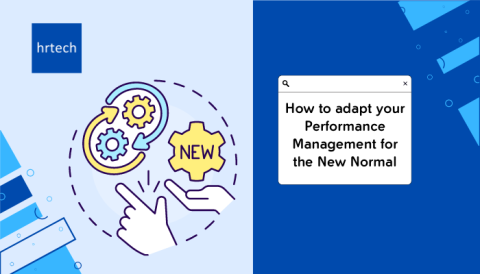Introduction
In today’s competitive business environment, simply hiring the right people isn’t enough, organizations must also ensure their workforce continues to grow, adapt, and contribute effectively. This is where performance appraisal methods come in. These structured evaluation techniques go beyond basic performance reviews, offering valuable insights into an employee’s skills, behavior, and potential.
In the sections ahead, we’ll explore the most recognized methods of performance appraisal, their unique benefits, and the challenges they present, helping you understand which techniques might work best for your organization.
What are Performance Appraisal Methods?
Performance appraisals are more than just annual reviews, they’re strategic tools that help organizations measure, manage, and enhance employee performance. The methods of performance appraisal have evolved over the years, ranging from simple checklists to comprehensive, multi-perspective evaluations.
Purpose of Performance Appraisal Methods
At their core, performance appraisal methods aim to:
- Evaluate an employee’s contribution to organizational goals.
- Identify strengths and areas for improvement.
- Provide feedback that encourages growth and development.
- Inform decisions on promotions, rewards, or training needs.
The Role of Appraisal Techniques in Employee Development and Organizational Growth
An effective appraisal technique not only measures past performance but also sets the stage for future improvement. When implemented well, these methods:
- Align employee goals with organizational objectives.
- Enhance motivation through constructive feedback.
- Identify high-potential talent for leadership roles.
If you’re looking for expert guidance on setting up an effective appraisal system tailored to your industry, TeamLease offers end-to-end HR solutions, from workforce planning to performance management.

With that in mind, let’s explore some of the most widely used performance appraisal methods and their unique characteristics.
1. 360-Degree Feedback
360-Degree Feedback involves gathering performance evaluations from multiple sources, managers, peers, subordinates, and sometimes external stakeholders like clients or vendors. The employee also completes a self-assessment to compare how they perceive their own performance against others’ views.
Example: A marketing manager’s performance might be evaluated by their direct team, cross-department colleagues, their senior leader, and major clients they interact with.
The process generally includes:
- Selecting diverse evaluators for balanced feedback.
- Distributing structured, anonymous questionnaires.
- Aggregating responses into a comprehensive performance report.
- Holding a feedback session to discuss patterns and improvement strategies.
Benefits
- Holistic evaluation: Captures a complete picture of performance.
- Promotes self-awareness: Encourages reflection and personal growth.
- Strengthens relationships: Improves collaboration when used constructively.
Challenges
- Risk of personal bias: Relationships can influence ratings.
- Information overload: Conflicting opinions may confusecause confusion.
- Resource-heavyResource heavy: Coordination and processing take significant effort.
2. Behaviorally Anchored Rating Scale (BARS)
The Behaviorally Anchored Rating Scale method combines numerical ratings with detailed behavioral descriptions that define each level of performance. Instead of vague categories like “excellent” or “poor,” BARS provides specific examples for each score.
Example: For a “customer service” skill, a score of 5 might be defined as “resolves customer issues on first contact with empathy and clear communication”, while a score of 2 might be “often fails to address customer concerns promptly”.
Benefits
- Clarity and fairness: Employees know exactly what behaviors are expected.
- Reduced bias: Evaluations are tied to observable actions, not personal impressions.
- Consistency: Standardized scales ensure uniform evaluations across the organization.
Challenges
- Time-consuming to develop: Creating accurate behavioral anchors requires research, analysis, and collaboration.
- May become rigid: Can miss unique contributions not covered in the set behaviors.
TeamLease can help you design customized BARS frameworks for different job roles.
3. Management by Objectives (MBO)
MBO is a collaborative, goal-oriented approach where managers and employees agree on specific, measurable objectives to be achieved within a set time frame. Performance is assessed by comparing actual results against these objectives.
Example: A sales executive might have a goal of closing $1 million in sales within six months. Progress is tracked in regular check-ins, and performance is reviewed based on whether the target is met.
Benefits
- Employee engagement: Involving staff in goal setting increases motivation.
- Clear accountability: Employees know exactly how their success is measured.
- Alignment: Ensures personal goals contribute to company objectives.
Challenges
- Complexity in tracking: Requires frequent updates and detailed metrics.
- Time-intensive: Setting and reviewing goals demands continuous effort from both sides.
4. Assessment Center Method

The Assessment Center Method evaluates employees through simulated work situations, group discussions, role plays, in-basket tasks, case studies, and psychometric tests. This method is often used to identify managerial and leadership potential.
Example: A candidate for a leadership role might participate in a day-long session that includes solving a business problem in a group, delivering a presentation, and responding to role-played employee issues.
Benefits
- Real-world testing: Measures how employees perform under realistic conditions.
- Multi-skill evaluation: Assesses teamwork, leadership, problem-solving, and communication simultaneously.
Challenges
- High cost: Requires trained assessors, dedicated facilities, and specialized tools.
- Time and logistics: Coordinating multiple activities and participants is resource-heavy.
With TeamLease, you can access cost-effective, scalable assessment center solutions.
5. Psychological Appraisals
Psychological appraisals focus on assessing an employee’s mental, emotional, and intellectual capacities to predict their potential for future roles. Methods include structured interviews, psychological tests, and personality assessments.
Example: A company considering someone for a high-pressure executive role might use this method to evaluate resilience, decision-making style, and stress management ability.
Benefits
- Future-focused: Identifies employees with leadership or specialized potential.
- In-depth understanding: Goes beyond task performance to evaluate adaptability and motivation.
Challenges
- Subjectivity risk: Outcomes depend on the expertise and perspective of the psychologist.
- Complex to administer: Requires qualified professionals and standardized testing tools.
6. Human Resource (Cost) Accounting Method
This method measures an employee’s performance by comparing their cost to the organization (salary, benefits, training) against the value they generate (sales revenue, operational savings, project outcomes).
Example: In a consulting firm, an analyst earning $80,000 annually but generating $250,000 in billable work would be considered highly valuable under this method.
Benefits
- Quantitative clarity: Uses measurable data for decision-making.
- Budget alignment: Helps identify cost-effective employees.
Challenges
- Narrow focus: May overlook intangible contributions like creativity or team morale.
- Performance pressure: Overemphasis on numbers can create a stressful work environment.
Choosing the Right Appraisal Method for Your Organization

Selecting the right performance appraisal method isn’t a one-size-fits-all decision;, it depends on your organization’s size, culture, resources, and strategic goals. An appraisal system that works perfectly for a 500-employee corporate office may not suit a small startup or a creative agency. To ensure the chosen method drives real results, it’s important to match it to your workplace realities.
1. Consider Your Organization’s Size and Structure
- Small Teams: In smaller businesses where managers know employees closely, simpler and more personal methods like Management by Objectives (MBO) or BARS can be more effective.
- Large Organizations: Larger companies often benefit from broader and more structured approaches, such as 360-Degree Feedback, which captures diverse perspectives across departments.
2. Align with Company Culture
- Collaborative Culture: If teamwork and transparency are key values, opt for 360-Degree Feedback to encourage open communication.
- Goal-Driven Culture: If your organization thrives on measurable achievements, MBO or HR Cost Accounting can keep everyone focused on outcomes.
3. Factor in the Nature of Roles
- Technical or Process-Oriented Roles: BARS works well because it clearly defines expected behaviors and standards.
- Leadership and Managerial Roles: The Assessment Center Method and Psychological Appraisals can reveal leadership potential and decision-making skills.
- Creative or Innovation-Focused Roles: A mix of qualitative methods, such as 360-Degree Feedback with open-ended feedback, works better than rigid scoring.
4. Evaluate Available Resources
- Some methods, like the Assessment Center, require significant time, budget, and expertise to implement. Smaller companies with limited HR resources might opt for less resource-heavy approaches like MBO or BARS.
5. Decide on the Purpose of the Appraisal
- For Development: If the goal is to coach and mentor employees, feedback-rich methods like 360-Degree Feedback or Psychological Appraisals are ideal.
- For Decision-Making: If the aim is promotions, bonuses, or restructuring, more quantifiable approaches like HR Cost Accounting or BARS may be preferred.
Need help deciding? TeamLease can evaluate your workforce needs and recommend the most effective appraisal approach for your business.
Common Mistakes to Avoid in Performance Appraisals
Even the best appraisal methods can fall short if misused. Here are key pitfalls to avoid:
- Focusing only on past performance – Pair past results with future growth plans.
- Using a one-size-fits-all approach – Tailor methods to job roles and responsibilities.
- Letting bias influence ratings – Use clear criteria and multiple evaluators.
- Making it a once-a-year event – Provide regular feedback between formal reviews.
- Ignoring employee input – Encourage self-assessment and open dialogue.
- Overemphasizing numbers – Balance metrics with qualitative feedback.
- Failing to follow up – Create action plans and track progress after each appraisal.
By avoiding these mistakes, appraisals become constructive, motivating, and aligned with organizational goals.
Conclusion
Understanding the methods of performance appraisal is fundamental for creating an effective employee evaluation system. From the multi-perspective insights of 360-Degree Feedback to the goal-oriented focus of Management by Objectives, each technique offers unique advantages, and potential pitfalls.
When done thoughtfully, performance appraisals not only measure progress but also drive employee motivation, skill development, and organizational growth.
Take Your Performance Management to the Next Level: Whether you’re starting from scratch or upgrading your existing process, TeamLease can help you design, implement, and manage performance appraisals that actually drive results.







